This is the case of an 18 month old boy who had been treated for 4 months for an asthmatic bronchitis through conventional medicine. The child was born healthy and his troubles started with a simple cold when he was just 5 months old. From that point on, and for the following 12 months before his family contacted me, his health had been deteriorating. What could be defined as a “common cold” had turned into a bronchitis, first acute and then chronic, then catarrhal and eventually asthmatic. All of this occurred despite the high use of pharmaceutical drugs prescribed by allopathic pediatricians. Fever, diarrhea and different kinds of dermatitis had also accompanied his bronchitis.
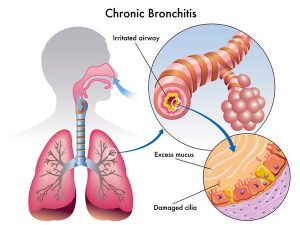
Recent blood tests performed before I was contacted had detected the presence of
- a) RAST – Dermatophagoides pteronyssinus and
- b) RAST – Dermatophagoides farinae (which are two different species of House Dust Mites).
Eventually his family realized that the situation was getting progressively worse and they contacted me. After having them fill out a detailed questionnaire, I asked many questions via email and Skype to make sure that nothing was left. The child was described as being “in a physical and mental restlessness and at times difficult to deal with”. They also explained to me that though he is a very active kid, during the last several months his behavior had changed for the worst making the situation almost unmanageable sometimes.
When the family contacted me he was under the following medical treatment:
- 3 aerosols per day under “normal” conditions and 1 aerosol every 3 hours during acute phases;
- 1 corticosteroid a day taken for 2 consecutive days not to exceed 5 consecutive days during acute phases;
- 1 antibiotic every 3 hours taken for 8 consecutive days, along with other 2 different sorts of antibiotics and corticosteroids which had been used in the past for the aerosol treatment.
I gave this family suggestions about new diets through which I introduced foods he had not eaten yet, and how to keep a clean, fresh, and healthier indoor environment. I recommended the following homeopathic regimen according to his constitutional type:
- a) Aconitum Napellus – Ch 30
3 pellets to be dissolved in a teaspoon of water, to be taken 1 hour before lunch, every day and for the following 3 months;
- b) Arsenicum Album – Ch 30
3 pellets as above, taken 1 hour before dinner, every day and for the following 3 months.
Though I identified the child as an Aconitum Napellus constitutional type due to the description the family gave of him, it appeared to me that the boy was going through a state of both fear and anxiety due to all the treatments he had undergone. Not being able to clearly express himself and verbalize his frustration and worries he communicated through his “unmanageable behavior” along with “bursts of anger” and desire “not to be touched”. Arsenicum Album, by having a profound impact on every organ and tissue, and by being able to also help with many cases common to those treated by Aconitum, was the perfect complementary remedy to reach a better, deeper, and faster result. Arsenicum helped the child with the burning symptoms he complained about, especially burning pains and burning discharges, and to manage his great thirst. Anxiety, physical and mental restlessness and a sudden tendency to be easy frightened were also taken into account when recommending this remedy
Along with the above remedies, and only when needed, I also recommended:
- In case of toothache:
- Chamomilla – Ch 30, for non-acute cases (dissolved in water as all other remedies indicated above) to help the child in case of pains and/or discomforts;
- Chamomilla – Ch 200, only dose, (also dissolved in water) to be taken once a week in case of acute pain.
I chose Chamomilla because of the child’s irritability, night sweats and whining and moaning when he could not have what he wanted.
- In case of vomiting and/or diarrhea:
- Nux Vomica – Ch 30
3 pellets (dissolved in a teaspoon of water) twice a day to be taken for 2-3 consecutive days or until the situation would improve, and always far from his meals (1 hr before, 2 hrs after, or 30 minutes before of after a light breakfast).
Nux Vomica was not only the best remedy to take care of both the vomit and the diarrhea, but also matched many other symptoms which had been identified, such irritability, hypersensitivity, respiratory problems and difficulties to sleep.
Due to the young age of the child I preferred to have contact with the family every 2-3 days The remedies I chose proved to be the proper ones since improvements were noticed during the first two weeks. Before the end of the 3rd month of this regimen, the family reported that the child was doing great, and that one by one all the pharmaceutical drugs and allopathic treatments (aerosol, cortisone drugs, and antibiotics) had been suspended by his physicians and pediatricians due to this “unexpected, radical and quick progress” in “record time”.
After the end of the third month, I decided not to change the regimen and recommended to following it for another 3 months. Some 8 months have passed by now and the child has been doing fine. No more pharmaceutical drugs have been used and he had made a full recovery.

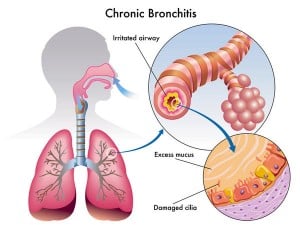
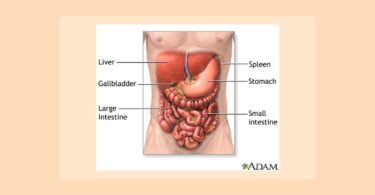
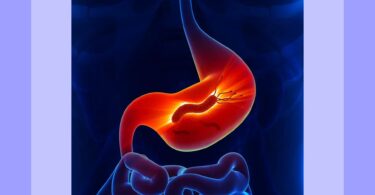
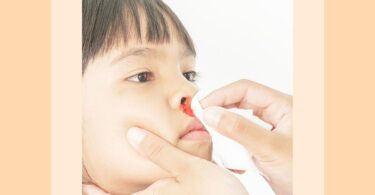
Dear Dr. De Donato,
My question related to this treatment sequence for the asthmatic 18 mo child is that Arsenicum was prescribed along with Nux for other symptoms. However, Nux is an antidote to Arsenicum so wouldn’t that negate the action of the principal remedy? Thanks for clearing up my confusion.
Carol
Dear Carol,
Yes, you are correct: since Nux vomica is an antidote to Arsenicum, generally speaking, there was a chance it might, in fact, end up interfering with Arsenicum, but in this case it did not.
Ideally, in Classical Homeopathy one only remedy should be prescribed at any given time. The true of the matter, however, is that sometimes the complexity and gravity of the case does not allow for it. The situation I was faced with was a very young child who was heading towards asthmatic attacks and I didn’t want to take any risks. That’s why I rather opted for a regimen which, in my view, could work in a much faster and effective way as it, in fact, did.
Fantastic case management. Thank you so much for sharing. What questioner are you using in your practise as a base?
Thank you, Iris, for your comment. The questionnaire I use includes questions that almost all homeopaths ask their patients/clients and that aim at
a) having a complete (or as complete as possible) personal and family medical history of the individual;
b) identifying major health issue(s) occurred in the past and main complaint(s) at the time the consultation takes place, along with its/their duration and accurate description;
c) observing and understanding the actual mental and emotional state of the individual.